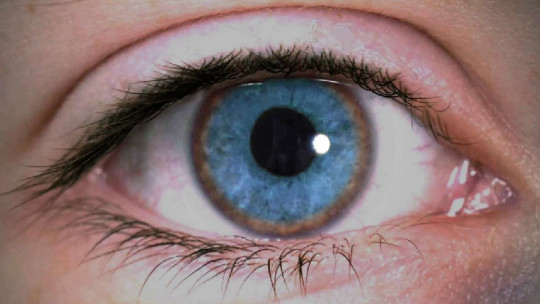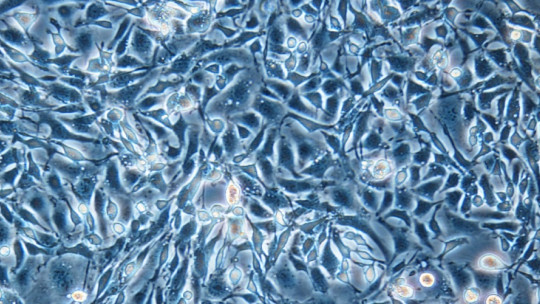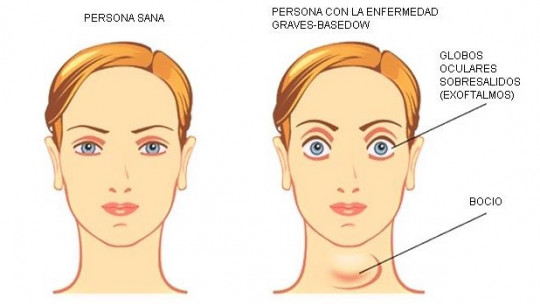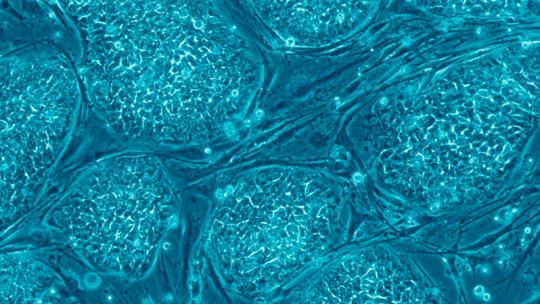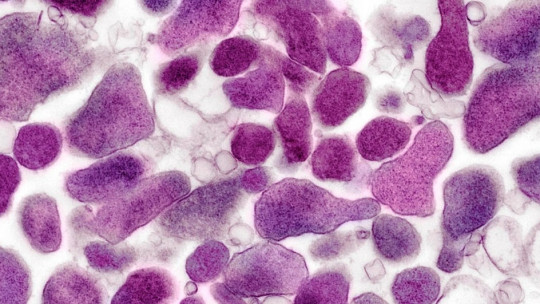
Although celiac disease or celiac disease dates back to the beginnings of agriculture, and therefore civilization, in recent years there has been a striking increase in awareness of this disease, to the point that many professionals have warned of the risk of overdiagnosis associated with the low reliability of the tests.
In this article we will describe the main celiac symptoms and signs, which affect both the gastrointestinal system and other functions of the body. We will also talk about the causes of this disease and the ways in which it can be managed, despite the fact that there is no treatment that resolves the alterations that underlie the symptoms.
What is celiac disease?
Celiac disease is an autoimmune disorder characterized by inflammation of the mucosa and shortening of the villi of the small intestine in response to the consumption of gluten, a group of proteins found in grains such as wheat, oats, barley and rye.
It is a disorder relatively little known by the general population; however, it is believed to affect 1 in every 100 to 200 people to some degree. In this sense, it is important to keep in mind that the number of diagnoses is influenced by the strictness of the criteria used and by awareness of the disease.
Celiac disease can also be difficult to diagnose due to the fact that in many cases there are no symptoms or they are mild: many people with celiac disease report only slight gastrointestinal discomfort. It is believed that only approximately 20% of all cases of this disease are diagnosed, and that It affects women and Caucasians more
Main celiac symptoms
The autoimmune reactions characteristic of celiac disease interfere with the absorption of certain nutrients and can damage the mucosa that lines the intestine if the affected person consumes gluten regularly. These problems manifest themselves in symptoms and signs such as feeling of fatigue, anemia, diarrhea, weight loss and gas bloating
In adults, it is common for signs not associated with the digestive system to appear, in particular headaches, mouth ulcers, the appearance of rashes and itchy skin, joint pain and decreased bone density (osteoporosis). ) and iron deficiency anemia. Injuries to the nervous system can also occur
On the other hand, when the affected person is less than 2 years old, the most significant signs are the appearance of chronic vomiting and diarrhea, decreased interest in food, swelling of the belly, and muscle atrophy. Diarrhea, constipation, neurological symptoms, headaches or lack of coordination are characteristic in somewhat older children.
In addition to the symptoms we have described, When celiac disease occurs in girls and young boys Digestive disorders can cause delays and deficits in physical development that sometimes leave long-term consequences. These complications are related to vomiting, diarrhea, lack of appetite, and problems absorbing nutrients.
Causes of this disease
Injuries to the villi that cover and protect the small intestine, as well as inflammation of this segment of the digestive system, alter its ability to absorb certain types of nutrients essential for the correct functioning of the body. In particular interfere with the uptake of vitamins and minerals
Although the specific cause of celiac disease is unknown, it is known that it appears as a consequence of a combination of genetic and other environmental factors. Thus, some people are biologically predisposed to react negatively when consuming gluten, and by doing so on a more or less regular basis they could suffer intestinal injuries.
Given the Celiac disease has a significant genetic component, it is not surprising that the probability of developing this disease is greater in people with close affected relatives. The same happens with other risk factors influenced by heredity, such as type 1 diabetes mellitus and diseases that affect the thyroid.
On the other hand, various alterations that affect the gastrointestinal system can favor the appearance of signs of celiac disease. Thus, the disease frequently begins to manifest as a consequence of viral infections in the intestines, pregnancy and childbirth, invasive surgeries and periods of very intense stress.
Treatment and management
Currently, there is no known treatment capable of correcting the alterations underlying celiac disease. This is why intervention in these cases usually has the objective of preventing or minimizing symptoms, and consists mainly of behavioral aspects and changing eating habits.
Therefore, celiac disease is managed by avoiding foods and drinks containing gluten. Some of the most common are bread, pastries, Italian pasta, beer and chocolate People with celiac disease are advised to try to ensure that they buy gluten-free foods; This is especially relevant in the case of manufactured products.
Celiac people can benefit greatly from eating a gluten-free diet This not only prevents the appearance of symptoms and reduces the severity of those that are already present, but also helps the self-repairing processes of the gastrointestinal system to take place correctly, relieving the disease in the long term.


